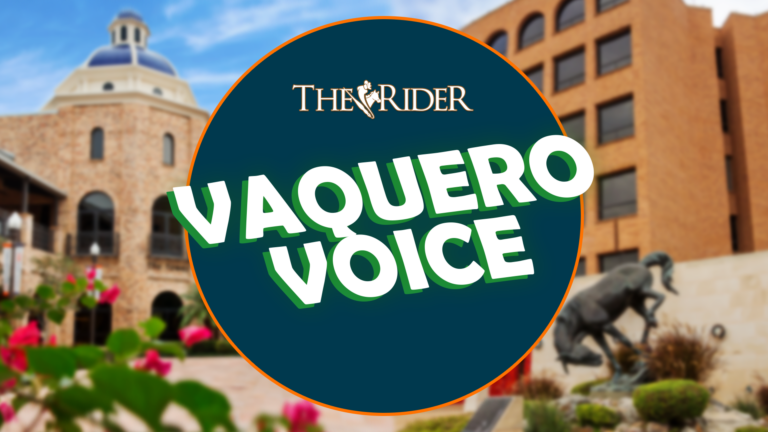
Brownsville is ranked the second least city for broadband internet connection in the country. The Brownsville City Commission unanimously voted to begin a feasibility study with Lit Communities on July 7. The study is being funded by UTRGV and six other Brownsville
institutions.
Robert Benavidez Jr./The Rider
UTRGV along with six other Brownsville public entities have contributed $21,000 for a Broadband Feasibility and Digital Inclusion plan with Lit Communities.
Brownsville is ranked as the second lowest city in the country in terms of broadband connectivity with only 30% of the population connected, according to a press release.
“If you look at Brownsville, the whole [Rio Grande] Valley really, you’ll find that we’re one of the least connected cities in the country,” said Ramiro Gonzalez, the city’s director of Government and Community Affairs. “It’s kind of a twofold problem. Either it’s people that, literally you’re at your house and you have no way to connect. So, the infrastructure isn’t there. Then, on the other side, is what they call digital inclusion, and so it becomes, you have the ability to connect but you can’t afford to connect.”
Last October, Mayor Trey Mendez made broadband connectivity a main priority and that is when the city began looking for funding, according to Gonzalez.
The Brownsville City Commission unanimously approved the proposal for the development of a Broadband Feasibility and Digital Inclusion plan on July 7 as its first step in improving the city’s access to high-speed broadband internet.
Among the coalition of public entities that were selected to fund this plan are Texas Southmost College, Brownsville Community Improvement Corporation, Greater Brownsville Incentives Corporation, Port of Brownsville, Brownsville Independent School District and the Brownsville Public Utilities Board.
Asked when this feasibility plan will go into action, Gonzalez replied, “We will have a vision, an idea of what the problem is and the solution by probably the end of October.”
The city director stressed that the plans in action are not the same as a city Wi-Fi network.
“We’re not looking at a valley-wide solution,” he said.
Gonzalez said the project is barely entering the planning phase but said the long-term goal is to provide affordable and available internet connection for Brownsville.
Patrick Gonzales, UTRGV associate vice president for University Marketing and Communications, said, “I could see this project if it came to fruition really improving our student’s ability to be successful in the classroom.”
Talks of this broadband initiative took place before the COVID-19 pandemic and before the public was really thinking about having to do school from home, especially at the younger levels, said Gonzalez.
He said the urgency to come up with a solution has sped up because COVID has put things in the forefront, regarding people needing internet access.
Asked what he thinks of this Broadband Feasibility and Digital Inclusion plan, Gonzales replied, “I think it’ll improve everybody’s way of life in our campus community, our students, faculty and staff but mostly our students who might not be able to afford internet or might not be able to afford the fastest speed of internet.”






